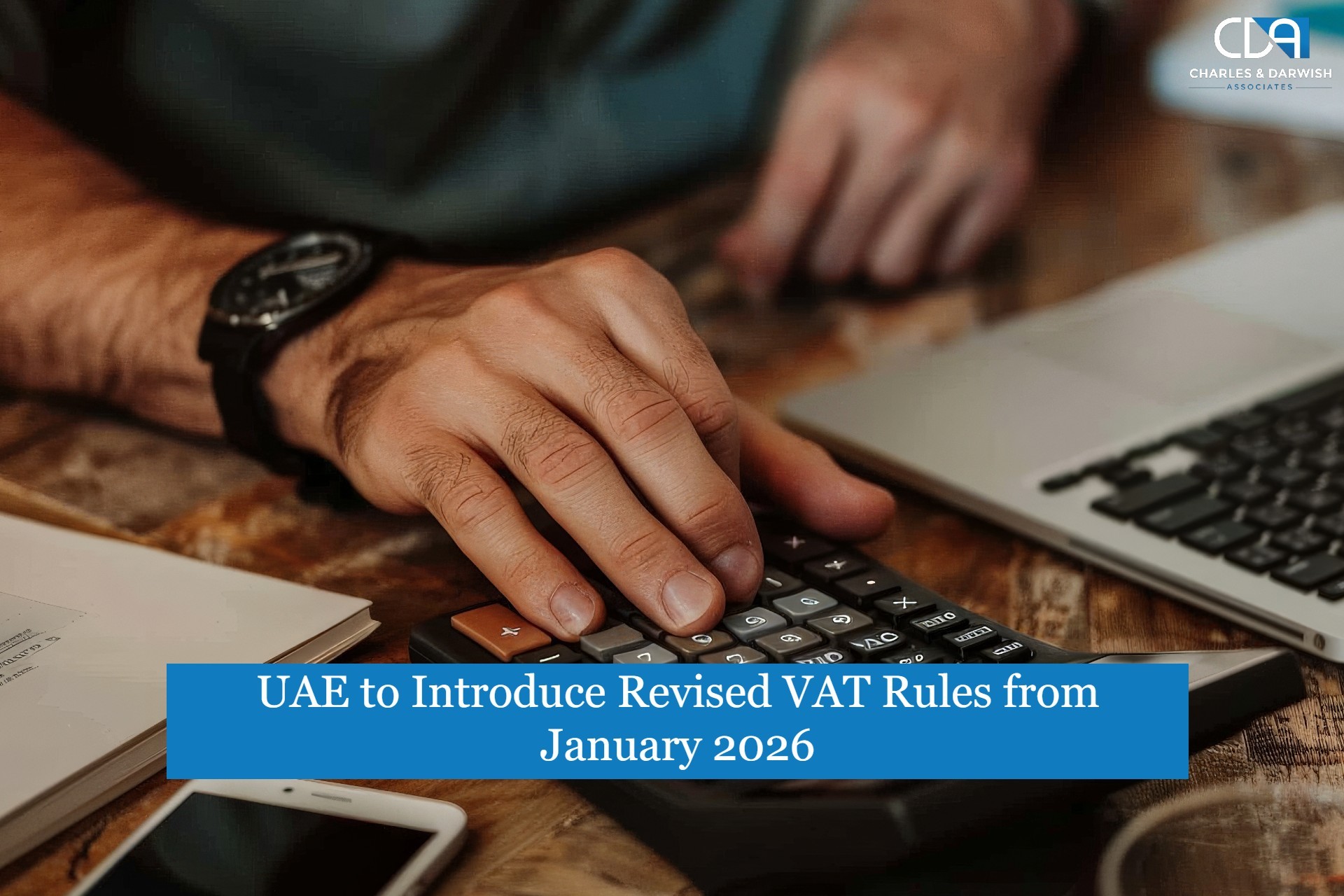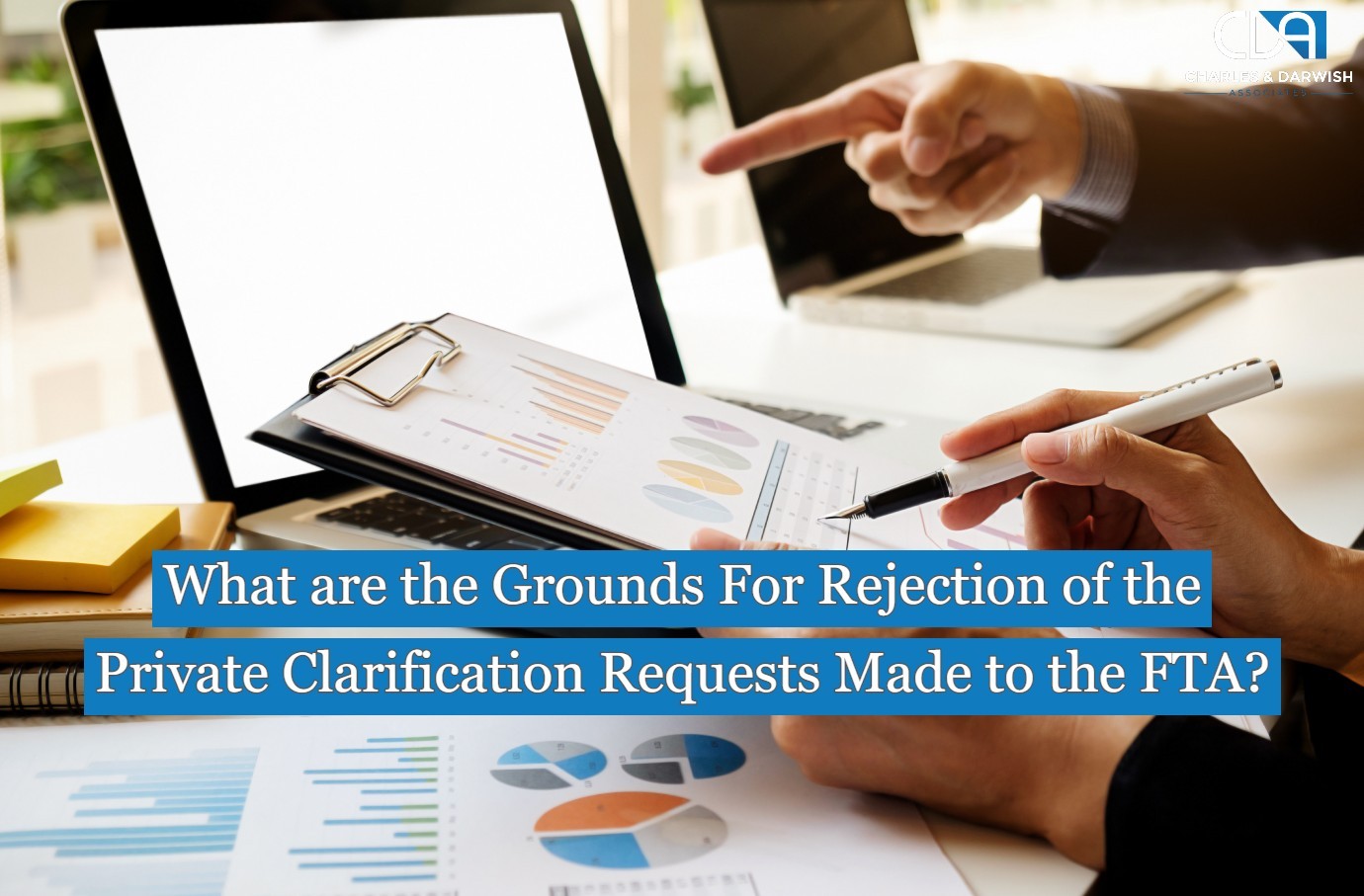Reverse Charge Mechanism Under UAE VAT Law
Reverse charge mechanism has been always hashed out as one of the distinguishing practices embedded in UAE VAT law. It is such a vital piece of the ruling especially for the entities engaged in import transactions to study the features and implications of this particular regulatory provision in UAE.
What is reverse charge mechanism?
In any normal routine transaction, supplier is responsible for charging, accounting and ultimate payment of VAT to FTA. However, for any transaction that involves import of goods or services in UAE, the accountability and liability of VAT get shifted from supplier to the recipient of those goods/services. Conversely, the recipient is provided with the option to reclaim such VAT paid, if eligible under input VAT recovery rules. This distinctive approach in the import transactions which is different from the conventional VAT treatments is called reverse charge mechanism.
What are the reasons for introducing reverse charge mechanism in UAE?
There are multiple reasons for including the reverse charge mechanism in the VAT regime where the primary reason being the prevention of any kind of tax evasion in the situations where the import of goods/services involve unregistered suppliers who are outside UAE. When the liability of tax gets shifted upfront to the registered recipient of imported goods, such possibilities of tax evasions can be eliminated. Also, the introduction of the reverse charge mechanism implies a supportive approach from the authorities to preserve the opportunities of local suppliers by avoiding the situations where the recipients preferring to any outside supplier only due to the impact of underlying VAT in any taxable supply within UAE.
What are the conditions to apply reverse charge mechanism in UAE?
Reverse charge mechanism will apply in following situations as listed down in the VAT regulation:
- Import of goods or services in UAE from any other country other than UAE
- Supply of oil (crude or refined), natural gas or hydrocarbons where both supplier and recipient are UAE tax registered
- Supply of goods/services made by non UAE resident supplier to a UAE tax registered resident recipient
Can Input tax recovery be claimed for VAT paid under reverse charge mechanism in UAE?
Yes, the recipient of imported goods or services, who pays the output VAT under reverse charge mechanism can reclaim that VAT under input VAT recovery, provided the recipient is eligible for such recovery under normal recovery rules. For instance, in case the purpose of such import of goods or services is to be used in the production of exempted supplies, then as per the VAT recovery rules, the importer cannot reclaim the VAT paid on the import of those goods or services. Hence the taxability of the output supplies of the importer plays an important role in the net impact of the VAT payment under reverse charge mechanism.
Are there any exceptions to reverse charge mechanism?
There is one exceptional scenario with respect to the eligibility for claiming the recovery of input tax paid on the imported goods when those goods are just in transit within UAE on their way to intended use in any other GCC state.

Also read, VAT Implications of Importing Goods by Agent on Behalf of VAT Registered Persons in UAE
Though the importer of the goods has to pay the VAT on import in UAE, the same cannot be reclaimed as input tax in UAE. Since the intention is to export these goods to another GCC state, the reclaim of input VAT can be made only in that GCC state.
What are the implications of reverse charge mechanism in filing VAT accounting?
Apart from the standard taxable transactions, where supplier accounts for the VAT on taxable supplies, reverse charge mechanism mandates the booking of VAT payable by the consumer or recipient of the imported goods or services. Selection of correct VAT treatments and proper VAT accounting of the related transactions are very crucial. This will facilitate on a compliance perspective, ensuring the completeness of the VAT returns and determining the accuracy of net VAT amounts payable/recoverable as shown in those returns.
What are the implications of reverse charge mechanism in filing VAT return?
VAT return forms are devised in such a way to capture the reverse charge transactions separately from other transactions of the company. There are exclusive fields relating to goods imported into UAE which will be automatically populated in the VAT return based on the details provided at the Customs by the VAT registered importer of the goods during the import. For the import of services which comes under the purview of reverse charge mechanism, there are separate fields which have to be manually filled in during the submission of periodic VAT returns. Also to reclaim the input VAT recovery of the VAT payable under reverse charge mechanism, details have to be manually updated in the VAT return, if eligible.
How CDA can help you with the VAT treatments under reverse charge mechanism?
CDA is well equipped with sector specific experience and proficiently ready to assist you with various consultancy services in UAE VAT routine as listed below:
- To understand the nature of your business transactions and checking the applicability of reverse charge mechanisms on the activities
- In determining the VAT treatments and formulating correct mapping matrix for the company based on the review of the transactions
- To provide the expert advice over the VAT accounting and to assist in maintenance of adequate records
- To ensure the completeness of VAT returns, timely filing of returns and guide on the disclosure requirements
Hope you got a clear understanding of the reverse charge mechanism under the UAE VAT Law. If you still have any doubts, feel good to contact CDA. Our experts will give you a one-hour free consultation to drive away your worries.
You can also read: The Significance of Management Information System in Advanced Business Environment

Mark Thompson
Full-stack Developer, Blogger, and Tech Enthusiast.
Mark specializes in digital marketing, SEO, and content strategy.













